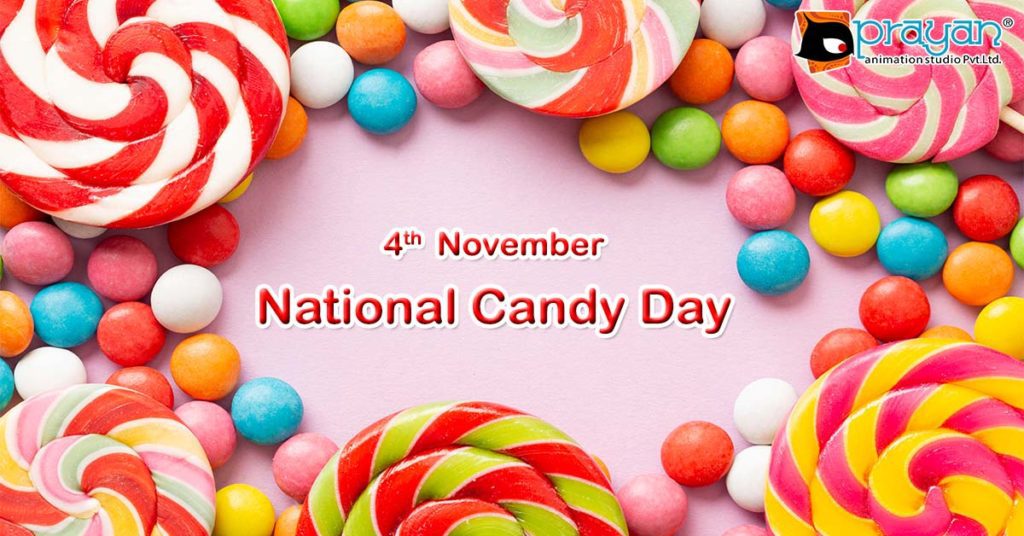4th November: National Candy Day

On November 4th we celebrate the sweet holiday, National Candy Day. Candies have a long history of attracting us with their bright colors and delightful flavors. They also come in a variety of fun sizes and shapes.
People use the term candy as a broad category. We treat candy bars, chocolates, licorice, sour candies, salty candies, tart candies, hard candies, taffies, gumdrops, marshmallows and much more as candy.
Sugar wasn’t always readily available, so the first candies were made from honey. Candymakers coated coat fruits and flowers with honey. This method preserved the flowers and nuts or created forms of candy. Today, we still create these confections, but they are typically seen as a garnish.
Types of Candy you like:
- Bon Bons
- Brittle Candy
- Bubble Gum
- Candy Bars
- Candy Canes
- Candy Corn
- Candy Sticks
- Caramels
- Chewing Gum
- Chocolates
- Classic Candy
- Cotton Candy
- Fruit Drops
- Gumballs
- Gummy
- Jelly Beans
- Marshmallows
- Taffy
- Toffee Candy
- Vegan Candy
- Wafers
Originally a form of medicine, candy calmed the digestive system or cooled a sore throat. At that time, combined with spices and sugar, candy only appeared in the purses and the dishes of the wealthy.
History
In the late 13th century, Middle English first began using the word candy. Borrowed from the Old French cucre candi, it is derived in turn from Persian Qand and Qandi, cane sugar.
By the 18th century, the first candy likely came to America from Britain and France. At the time, people made the simplest form of candy from crystallized sugar – rock candy. However, even the most basic form of sugar was considered a luxury and was only attainable by the wealthy.














 We can help you.
We can help you. 




